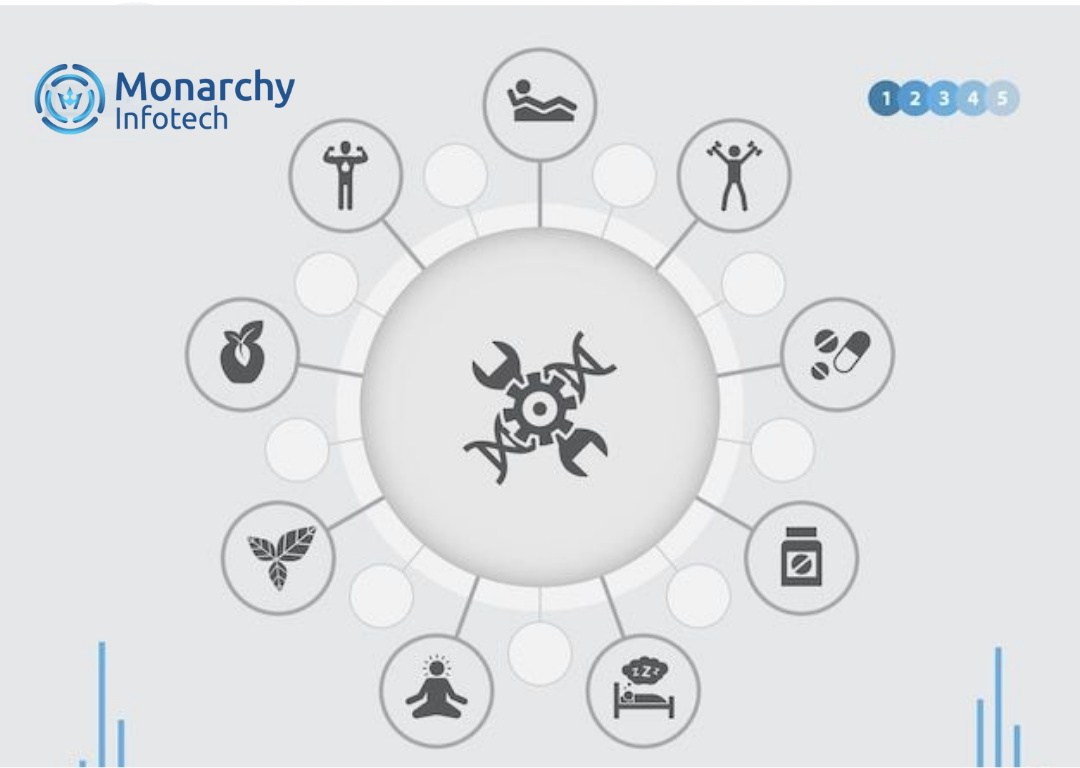In the digital age, where cyber threats loom large and the security landscape evolves at a breakneck pace, the role of data analysis in enhancing cybersecurity measures has never been more critical.

The Vanguard Role of Data Analysis: Navigating the Cyber Threat Landscape
The Vanguard Role of Data Analysis: Navigating the Cyber Threat Landscape
In the digital age, where cyber threats loom large and the security landscape evolves at a breakneck pace, the role of data analysis in enhancing cybersecurity measures has never been more critical. With organizations across the globe amassing vast amounts of data, the challenge of safeguarding this digital treasure trove against sophisticated cyberattacks is monumental. However, it’s within this challenge that data analysis emerges as a beacon of hope, offering innovative strategies to not only detect and prevent cyber threats but also to predict and prepare for future vulnerabilities.
The Digital Sentry: Real-time Threat Detection
At the heart of cybersecurity, real-time threat detection stands as the first line of defense against potential breaches. Data analysis plays a pivotal role here, leveraging advanced algorithms and machine learning techniques to sift through streams of data in search of anomalies that could signify a cyberattack. By analyzing patterns of normal network behavior, these systems can flag unusual activity as it occurs, allowing IT teams to respond swiftly to neutralize threats before they escalate. This capability to instantly detect deviations from the norm — be it a sudden surge in traffic indicating a DDoS attack or unusual data access patterns suggesting insider threats — ensures that organizations can guard their digital frontiers effectively.
Peering into the Future: Predictive Analytics for Cybersecurity
Beyond the immediate detection of threats, data analysis extends its reach into the realm of predictive analytics, offering a glimpse into potential future attacks. By harnessing the power of historical data, cybersecurity experts can identify trends and patterns that indicate the likelihood of specific types of cyberattacks. This foresight enables organizations to fortify their defenses against the most probable threats, allocating resources more strategically and crafting targeted defense mechanisms. Predictive analytics thus acts as a strategic advisor, guiding cybersecurity efforts with data-driven insights that anticipate the moves of cyber adversaries.
The Human Element: Enhancing Phishing Detection
One of the most insidious forms of cyber threats is phishing attacks, which exploit human vulnerabilities rather than technical loopholes. Here too, data analysis lends a critical hand. By examining email patterns, language use, and other metadata, algorithms can identify potential phishing attempts with remarkable accuracy. This analytical prowess is crucial in an era where phishing schemes become increasingly sophisticated, often bypassing traditional security measures. Training models on vast datasets of phishing emails enables these systems to spot even the most cunningly disguised attempts, safeguarding users from the ever-present danger of social engineering tactics.
Empowering the Cybersecurity Workforce
While the technology behind data analysis in cybersecurity is undoubtedly advanced, its success ultimately hinges on the human experts who design, implement, and interpret these systems. Therefore, an essential component of leveraging data analysis in cybersecurity is the education and empowerment of the cybersecurity workforce. Professionals equipped with knowledge in data science and analytical thinking can harness these tools more effectively, translating complex data patterns into actionable intelligence. The collaboration between man and machine in this domain exemplifies how technology can augment human capabilities, creating a more robust defense against cyber threats.
The Road Ahead
As we navigate the complex web of cybersecurity challenges, the role of data analysis stands out as both a shield and a compass. It not only provides the means to detect and counteract immediate threats but also offers the strategic foresight needed to prepare for the future. In this ongoing battle, staying one step ahead of cyber adversaries is paramount, and data analysis is the key to achieving this proactive stance. By continuously advancing these analytical tools and techniques, and by fostering a skilled workforce capable of leveraging them, we can hope to secure our digital future against the ever-evolving landscape of cyber threats.
In conclusion, the integration of data analysis into cybersecurity practices is not just a technological upgrade; it’s a fundamental shift towards a more resilient, intelligent, and predictive approach to cyber defense. As we forge ahead, the synergy between data analysis and cybersecurity will undoubtedly be a critical factor in safeguarding our digital world.






